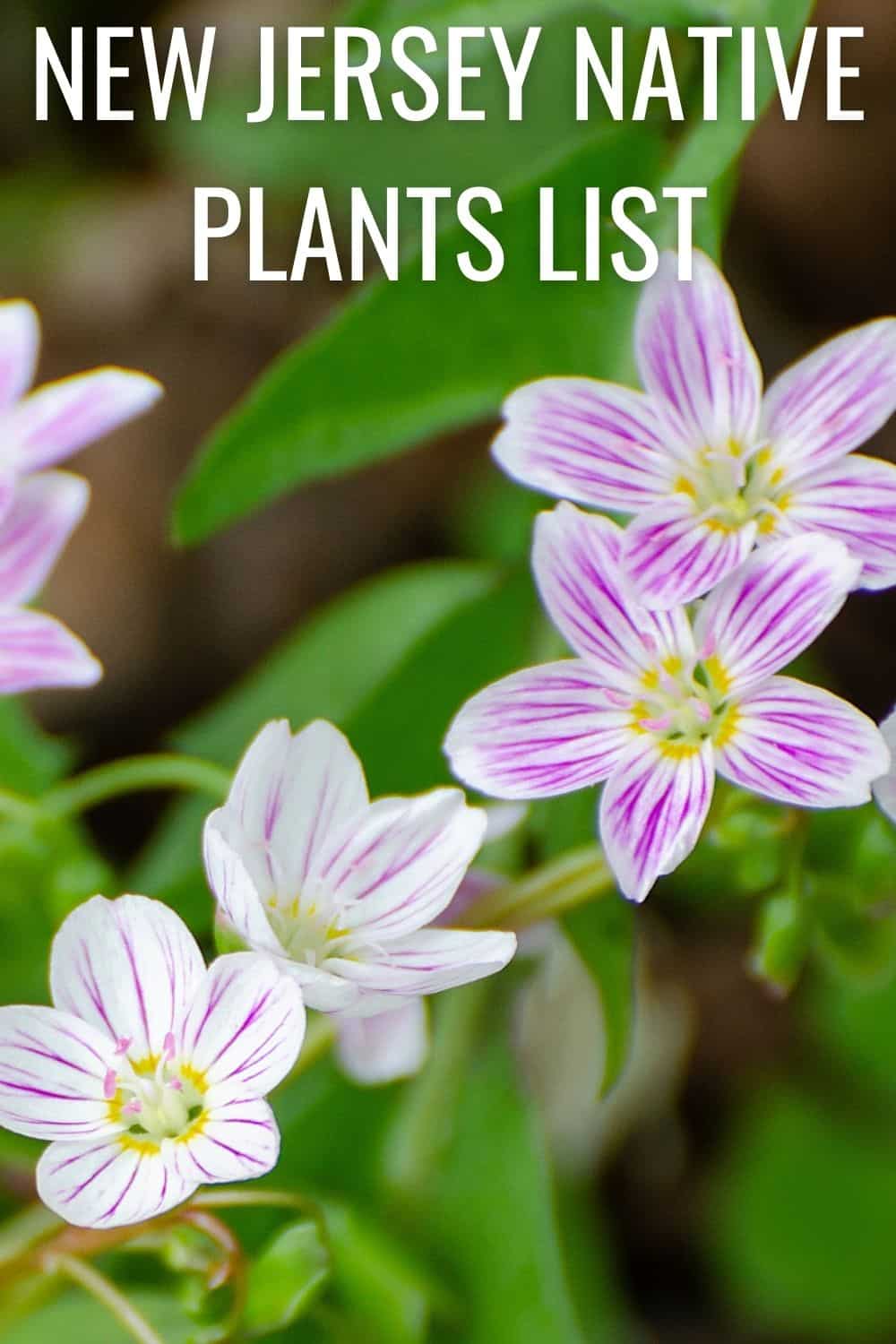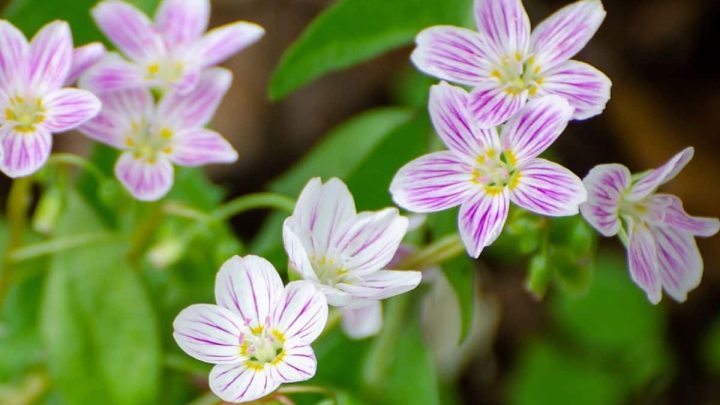Picking native plants for your garden or landscape is a good choice for the local ecosystem and also will make your gardening easier, since they are already adapted to living in this area. This New Jersey native plants list will help you get started.
Native plants are typically considered those that were present at the beginning of the European settlement of North America. Over time, these plants have evolved to grow naturally in a specific region and are thus considered native to the area. These are the best plants to use in a new garden or home landscape.
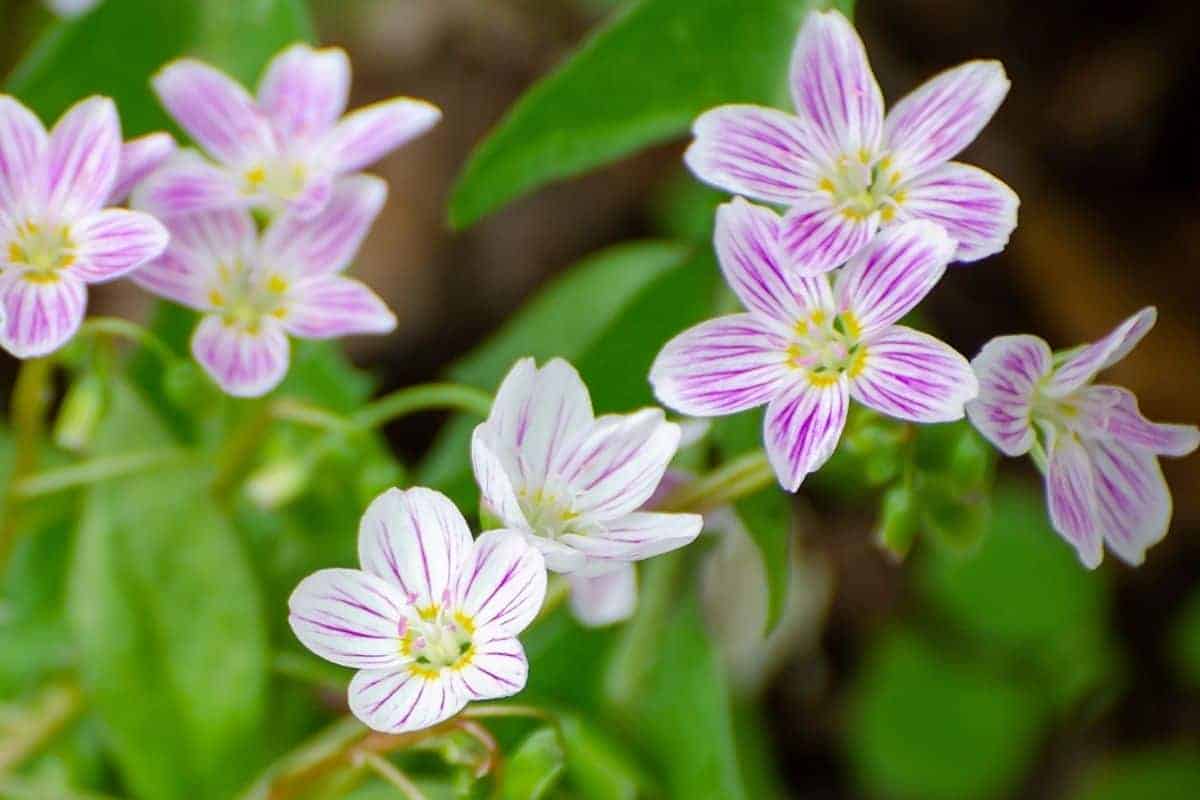
New Jersey Native Plants List
Let’s take a look at some good native plants for your NJ garden:
1. Wood anemone (Anemone quinquefolia)
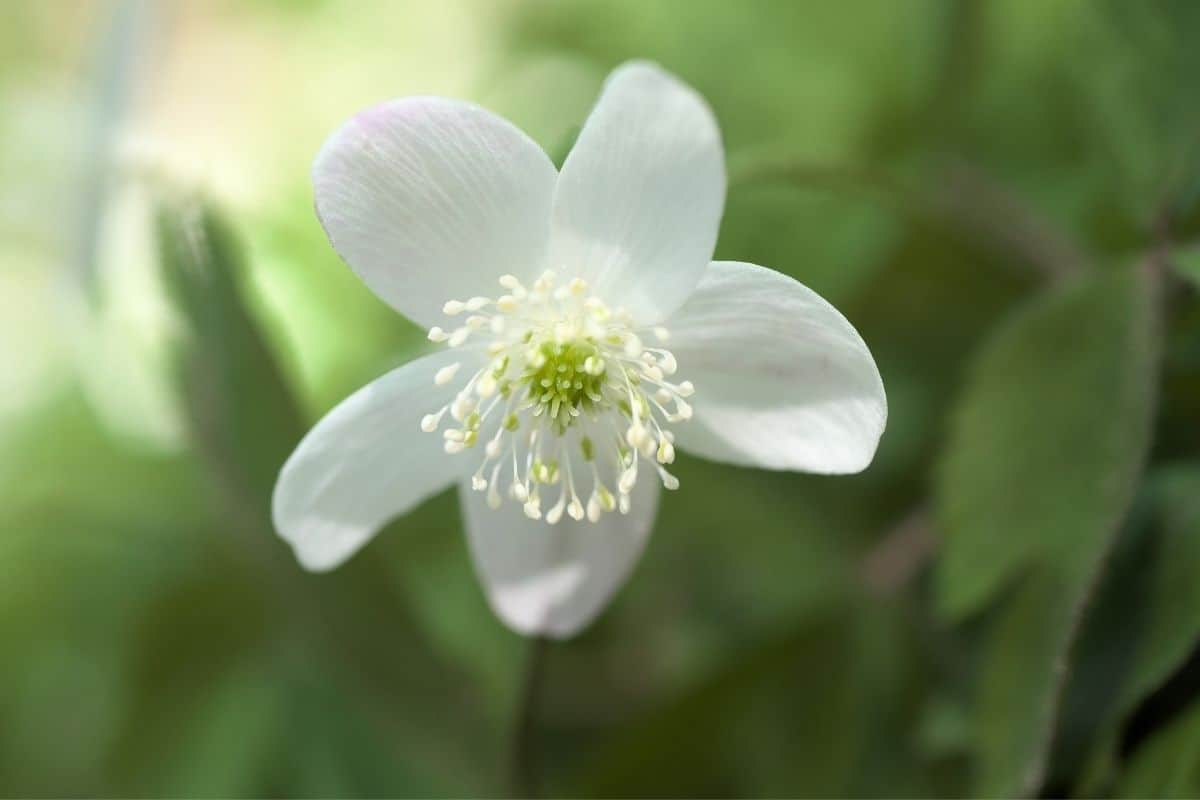
Wood anemone is also known as nightcaps and is part of the buttercup family. It’s a low, delicate plant that has 3 stalked, deeply cut leaves and a solitary, stalked white flower.
The single flower is typically white or pink and blooms in early spring. Wild anemones bloom from April to June and in the wild are found in woodlands or the forest edges. As such, they do best in gardens with part shade or full shade. They like damp, rich, mucky soil and they will form colonies and create a ground cover.
2. Great blue lobelia (Lobelia siphilitica)
Great blue lobelia is a beautiful and interesting plant to add to your garden. The flowers grow on an upright spike and are usually deep blue in color (hence the common name). They bloom in late summer to early fall and can form colonies when it is thriving.
Lobelias like medium to moist soil and full sun or partial shade. They can grow from 1 to 4 feet tall, and you should plant with a spacing of about 1 foot apart. This is a perfect flower for attracting butterflies, pollinators, and hummingbirds.
3. Black-eyed Susan (Rudbeckia hirta)
Black-eyed Susan is a classical flower with a distinct look that makes it easy to recognize. The bright yellow flowers have a brown or black center (which makes up the “eye”) and they can grow as much as 1-2 feet tall. It blooms from June to October in most conditions.
Rudbeckia is easy to care for and is very striking in the garden or landscape. Black-eye Susan likes medium water and full sun with dry to moist and well-draining soil.
4. Purple coneflower (Echinacea pallida)
Purple coneflower is another great option for your NJ garden. It grows up to three feet tall, has very pale purple or pink flowers, and blooms in early summer. This allows it to provide early access to pollinators and a pop of color to your garden early in the season.
Coneflower is very low-maintenance and once established, you won’t need to do much to it.
5. Butterflyweed (Asclepias tuberosa)
This flower gets its common name from the fact that butterflies love it. If you want to attract them to your lawn or garden, this is a great way to do it. It’s also a wonderful choice when you just want to provide a nice natural habitat for passing through butterflies like the Monarchs.
There are a few things about butterfly weed that make it unique from other milkweed species. For one, it does not have a milk sap (despite its name). Another difference is that its leaves are alternate. Sometimes it is called orange milkweed because the flowers that bloom are bright orange. It is also called pleurisy root.
It’s a low-maintenance choice that comes with a lot of benefits.
6. American bellflower (Campanula americana)
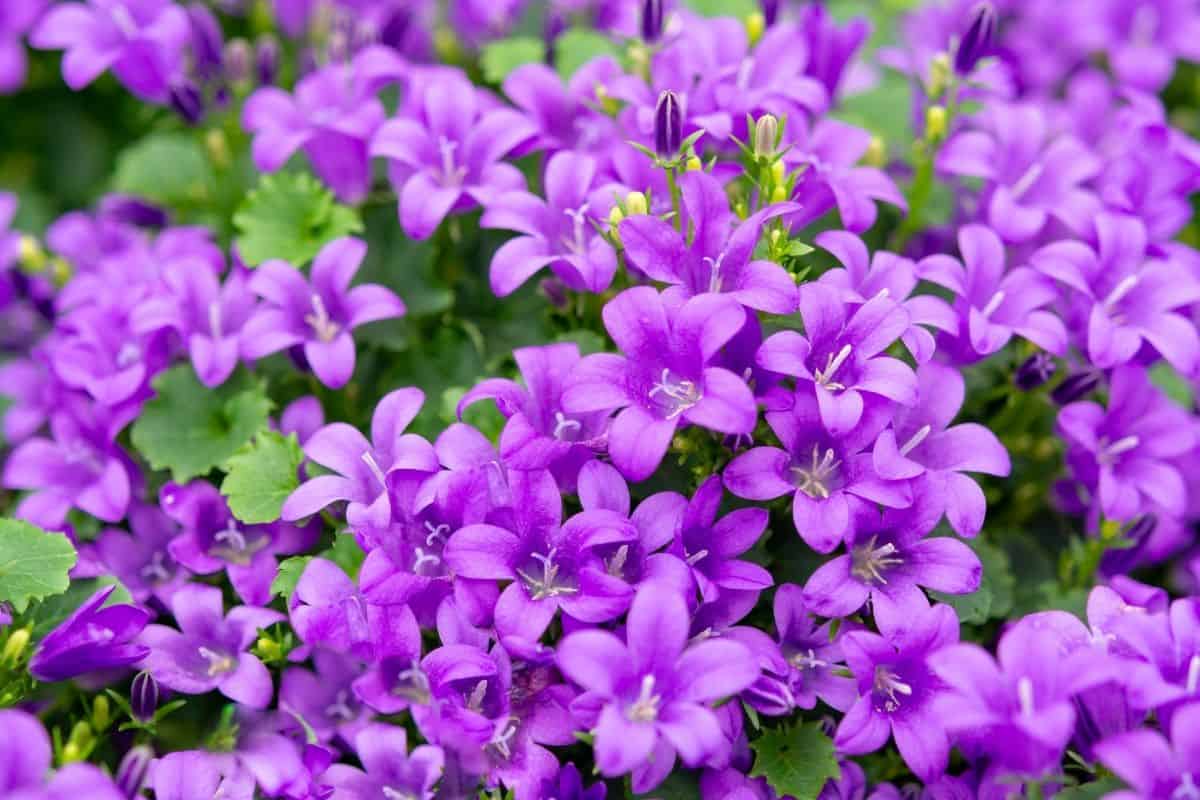
Another popular bellflower choice, this one is sometimes called tall bellflower. It grows from 3-4 feet tall at maturity, which is taller than some other species of bell flowers. It has leafy stems and on the upper portion, there are showy, lavender-blue flowers that grow in clusters or sometimes singly.
The American bellflower blooms from June to August and is great for pollinators. It will attract many butterflies and even hummingbirds to your garden.
7. Trumpet creeper (Campsis radicans)
Trumpet creeper is next on the list and this flowering plant is actually a creeping vine that blooms. It has many common names, such as trumpet climber, trumpet honeysuckle, cow vine, foxglove vine, hellvine, and Virginian trumpet flower. It is also heat, cold, and drought-tolerant, making it hardy in different New Jersey weather conditions. It can spread from 5 to 10 feet long.
The trumpet creeper won’t grow very tall, but the vines can be trained around a fence, trellis, or another shape to achieve the look and cover you want.
8. Harebell (Campanula rotundifolia)
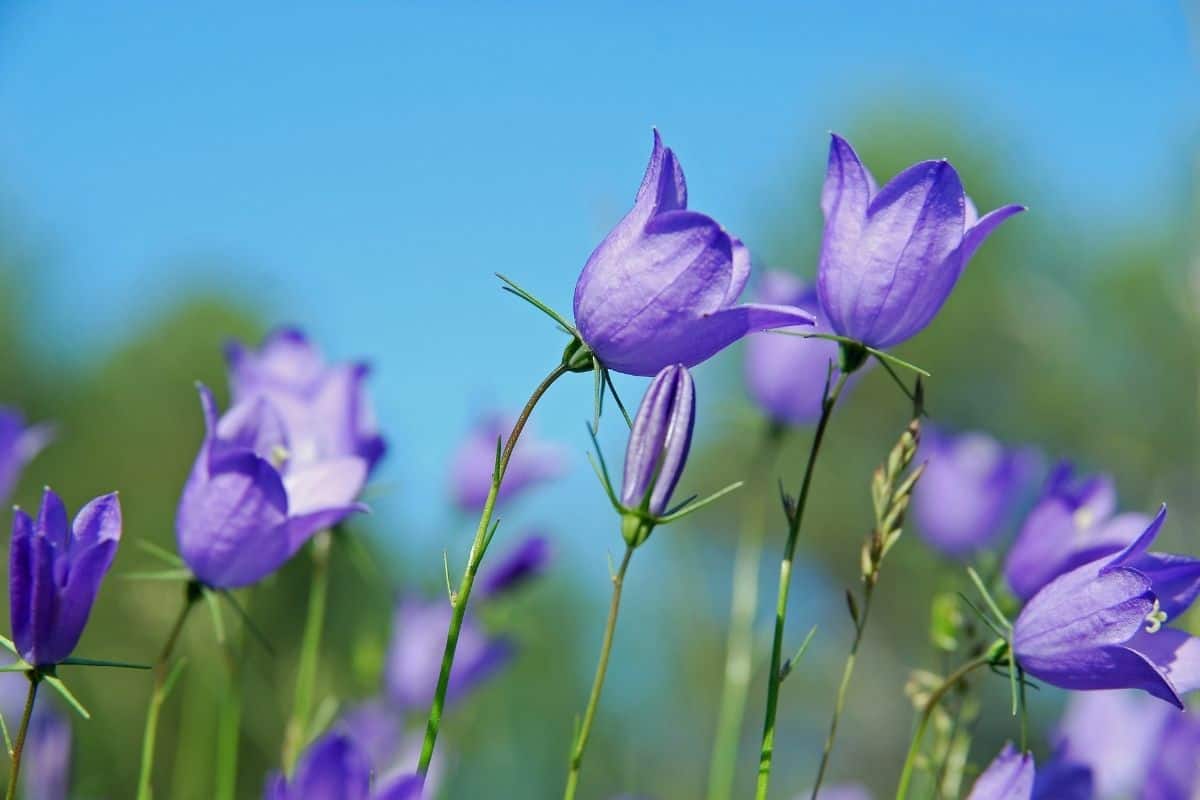
Another type of bluebell, harebell has many names like bluebell, harebell, witch’s thimble, and bluebell of Scotland. It grows from about 1 to 3 feet tall and blooms blue to purple flowers from June to September.
9. New Jersey tea (Ceanothus americanus)
New Jersey tea is a low, upright deciduous shrub. It grows only about three feet tall, and the early leaves have a bit of a grey tone for the entire plant. They turn greener as it matures.
Small white flowers bloom in 2-inch clusters at the branch tips. The dried leaves are often used to make tea, hence its name. The white flowers bloom in March and April and will attract pollinators.
It’s a great host plant for the spring azure, summer azure, and mottled dusky wing. The plant likes low to medium water use and dry to moist soil. It does best in part shade or full shade. Too much sun can burn it.
10. Maryland golden-aster (Chrysopsis mariana)
The Maryland golden-aster is part of the aster family and is a sturdy perennial that grows about 1 foot off the ground and provides nice ground cover before blooming yellow flowers from August to October.
Natively it’s found in pine woods and sandy areas, but it also does well in gardens across most of New Jersey. It likes full sun and wet to moist soils. When the plant is young, the foliage is wooly or hairy, but it smooths out as it matures. This is an easy-to-care-for plant.
11. Fireweed (Chamaenerion angustifolium)
Another striking flower on our list is fireweed. This tall, showy wildflower gives a very colorful pop to any landscape. It has hardy stems that grow up to 4 to 6 feet high but can actually reach as much as 9 feet when fully matured and in the right conditions. If you don’t want it to grow this high in your garden, you can prune it back.
It’s naturally found in forest edges, beside streams, or in open meadows. You may have seen it along roadsides in New Jersey in areas that still have natural landscaping. 50 or more small flowers can grow on the spiked stem and they grow in clusters.
12. Carolina springbeauty (Claytonia caroliniana)
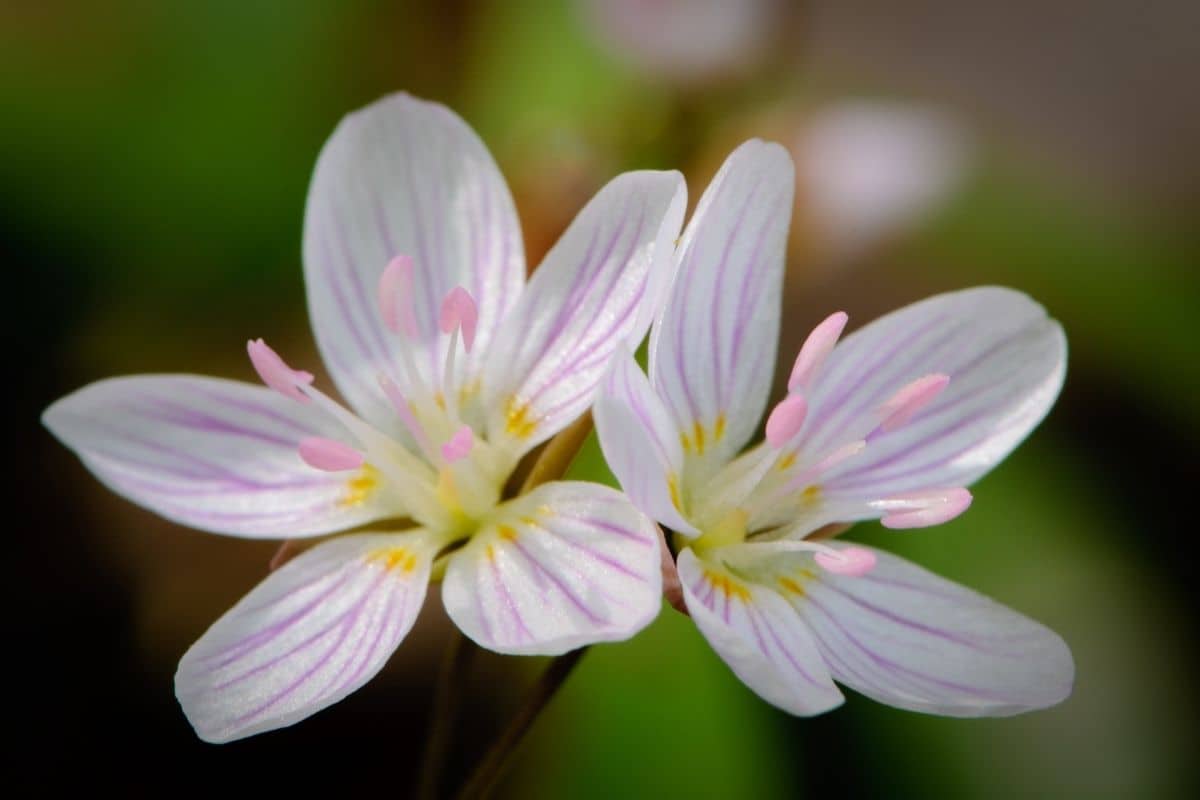
Carolina springbeauty is a native wildflower with pretty, small pink flowers that appear in early spring. It grows natively in forests and the forest edges and in deep rich mesic soils. It’s found upstate New Jersey and New York state.
Carolina spring beauty is similar to other spring ephemerals like trout lily, squirrel corn, and Dutchman’s breeches in that it takes advantage of the full sun hitting the forest floor early in the season to help it bloom.
The delicate flowers are very small, only about half an inch wide, and have five pink or white petals with darker pink veins in them. It’s a very cute, pretty flower that can do well in a natural landscape or native garden.
13. Lanceleaf coreopsis (Coreopsis lanceolata)
Landceleaf coreopsis is also called lanceleaf tickseed or sand coreopsis. This perennial is found natively in open woodlands, plains, meadows, pastures, and prairie lands. It likes full sun or part shade but can tolerate shady spots. It likes medium water and dry soil.
Lanceleaf coreopsis is the most common coreopsis and is very easy to grow. Once established, it’s virtually no maintenance. It’s also a very popular choice if you want to attract pollinators to your garden.
14. Showy tick trefoil (Desmodium canadense)
This unique native flowering plant is actually part of the bean family. It’s an herbaceous perennial that grows about three feet tall and is normally erect although it can sprawl on the ground in certain conditions.
It has a hairy, green central stem and numerous pink flowers at the end of the upper stems, above the leaves. It prefers full or partial sun and moist to mesic soil conditions.
If you have loamy soil with organic matter, it will do best. This is a good plant to increase the nitrogen content of the soil so keep this in mind when planting other things with it and near it.
15. Jerusalem artichoke (Helianthus tuberosus)
This plant is sometimes also called sunchoke, sunroot, wild sunflower, or earth apple. It’s actually a species of sunflower. The names that are used are often regional and it’s neither an artichoke nor is it from Jerusalem.
The tubers are used as a cooked vegetable but in the United States, it’s rarely used for this purpose. The flowers are yellow rays on the outer edges and yellow, brown, or purplish disk flowers in the center. They are fairly low maintenance and great for adding a pop of color to your landscape.
These are just a few of the many great native plants you can consider. If you’d like to see a more extensive list, check out the native plants database from the Native Plant Society of New Jersey. All of the plants are listed by scientific name, common name, native status, family, category, and the National Wetland Indicator Status. This makes it easy to search for a specific plant or for types of plants.
There are also articles and lists that help you find plants based on deep shade, wet places, those that attract butterflies, and much more.
New Jersey native plants list FAQ
You may have a lot of questions about New Jersey natives beyond what we’ve covered here. There are many great resources in the area for you to delve deeper but here are a few commonly asked questions to help you get started on the right path.
Where can I buy New Jersey native plants?
There are many places across the Garden State to buy native plants. You can start with your local nurseries but be sure to choose ones that specialize in native plants. You can also check the Native Plant Society of New Jersey. They have many great resources for you. They even have a regular seed exchange and plant sale. Jersey Friendly Yards also have some resources of nurseries to buy native plants.
What plant is New Jersey known for?
The state flower of New Jersey is the common meadow violet (viola sororia), also known as the blue violet. The state is also known for many crops such as cabbage, asparagus, cucumbers, eggplant, collards, kale, herbs, lettuce, bell peppers, pumpkins, squash, sweet corn, and tomatoes.
What shrubs and trees are native to New Jersey?
Some shrubs and bushes that are native to New Jersey include the stiff dogwood, dwarf huckleberry, serviceberry, mountain laurel, and Eastern teaberry. Some native trees include the sugar maple, the Eastern red cedar, Eastern hemlock, PawPaw, and American holly.
